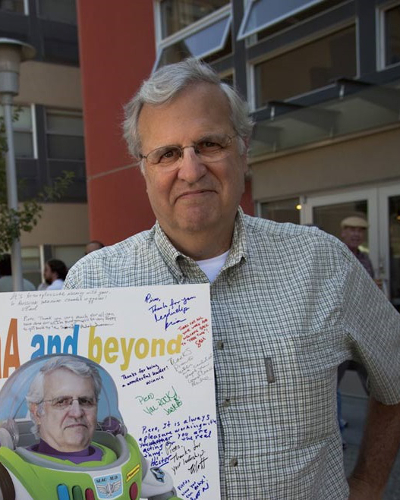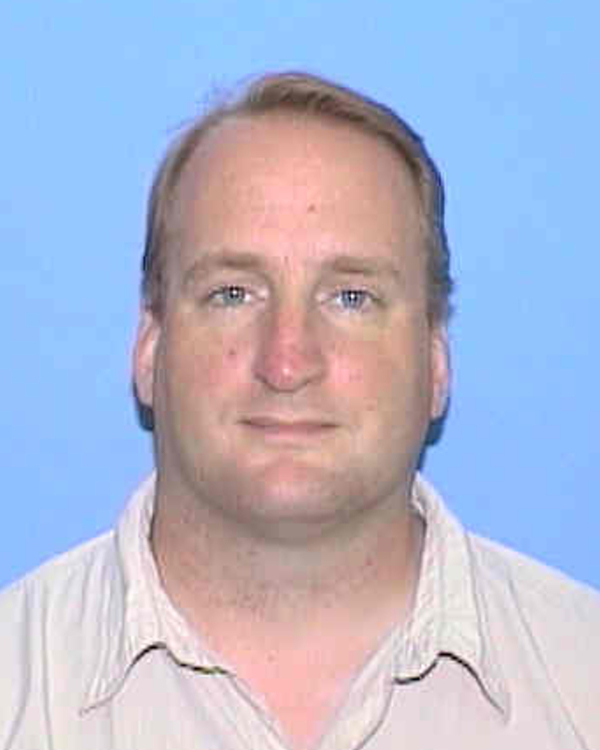
Molleigh Preefer
Email: molleigh at SLAC dot Stanford dot EDU

Johanna Nelson Weker
Johanna conducts research using in situ and operando X-ray microscopy to watch morphological and chemical changes in Li-ion batteries during cycling to better understand their failure mechanisms. See Johanna's Homepage.
Email: jlnelson at SLAC dot Stanford dot EDU
Piero Pianetta
Piero is interested in ultrasensitive methods for analyzing contamination on silicon wafer surfaces and understanding the relationship between the atomic and electronic structure of semiconductor interfaces and their electrical properties. See Piero's Homepage.
Doug Van Campen
Doug has built several beam lines at SSRL like BL7, BL4 and parts of BL11. Doug has also been leading the design of end-station sample environments such as in-situ RTP (Rapid Thermal Processing at 100C/sec), membrane reactor, high-throughput GIXRD, helium chambers with anneal and x-ray beam position monitor with mirror feedback etc.
Email: campen at SLAC dot Stanford dot EDU
Standard Phone: 650-926-3018
Former Researchers

Yijin Liu
Yijin conducts research in materials science at multiple length scales using synchrotron techniques. He is particularly interested in materials under extreme conditions (e.g. high pressure and temperature) and energy materials including batteries and photovoltaic thin films, as well as the applications in geo-science such as study of underground formations for CO2 sequestration and unconventional oil production. See Yijin's website.
Now at UT Austin
Andrew M. Kiss
Andy has been involved in research developing environmental chambers for controlled temperature, pressure, and gas environment for in situ X-ray microscopy for both micro- and nano-scale X-ray imaging. His research interests include morphology evolution and heat/mass transfer in additive manufacturing, energy materials (including fuel cells and batteries), and subsurface science.
Now at NSLS II

Joy C. Andrews
Joy's research is on energy materials including batteries, fuel cell and catalysts. Correlation of nanostructure (including porosity) and chemical states ex situ, in situ and in operando, using techniques including full-field hard X-ray transmission microscopy, X-ray absorption spectroscopy (XAS), and scanning X-ray fluorescence. See Joy's Homepage.




